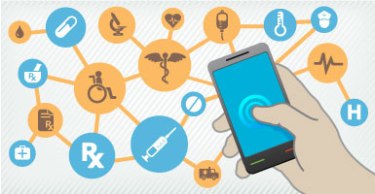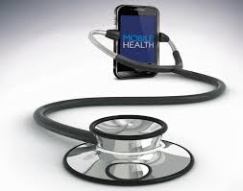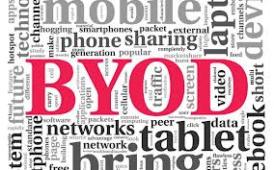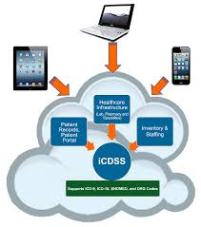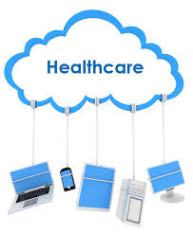Digital health is using
technologies to help improve individuals' health and wellness. These
technologies include both hardware and software solutions and services,
including telemedicine, web-based analysis, email, mobile phones and
applications, text messages, wearable devices and clinic or remote monitoring
sensors. Really it's about applying digital transformation, through disruptive
technologies and cultural change, to the healthcare sector. Digital health is a
multi-disciplinary domain involving many stakeholders, including clinicians,
researchers and scientists with a wide range of expertise in healthcare,
engineering, social sciences, public health, health economics and data
management.
Digital Healthcare has been
around in India since long but COVID-19 pandemic has put it in the spotlight
and we are noticing mass adoption as 5 crore Indians accessed healthcare online
in the last three months (Practo’s Insights Report, 18 Jun3 2020). In a
significant move, the Ministry of Health and Family Welfare (“MoHFW”) on March
25, 2020, has issued the Telemedicine Practice Guidelines to provide healthcare
using telemedicine and that is another major reason behind surge in online
consultations. Also these Guidelines are one of the best guidelines ever
published and the reason that telemedicine practice will stay in India. The
Guidelines have made the practice of text/audio/video based medical care legal
and regulated and thus have given platforms (mobile apps, web portals &
social media) as well as doctors the standards to follow.
The legal and regulatory
framework in India is/will be govern by following relevant acts / bills –
- Telemedicine Practice Guidelines by MCI & NITI Aayog, 2020
- Personal Data Protection Bill, 2019
- Information Technology Act, 2000 & Information Technology Rules 2011
- Clinical Establishment Act, 2010
- MCI Act, 1956 & MCI Regulations 2002
- Indian Medical Council Act, 1956 and Indian Medical Council Regulations 2002
- Drugs & Cosmetics Act, 1940 and Rules 1945
- Other Service Providers Regulations under the New Telecom Policy 1999
In September 2013, MoHFW notified
the EHR Standards (Electronic Health Record Standards) for India. Those standards were chosen from the best available
& previously used standards applicable to International EHRs, keeping in
view their suitability to and applicability in India. Accordingly the EHR Standards 2016 document
is notified and is placed herewith for adoption in IT systems by healthcare
institutions and providers across the country.
The MoHFW facilitated its adoption by making available standards such as
the Systematized Nomenclature of Medicine Clinical Terminology (SNOMED CT)
free-for-use in India, as well as appointing the interim National Release
Centre to handle the clinical terminology standard that is gaining widespread
acceptance among healthcare IT stakeholder communities worldwide.
In addition, the MoHFW has
proposed a new bill named DISHA (Digital Information Security in Healthcare Act)
to govern data security in the healthcare sector. The purpose of this Act will be to provide
for electronic health data privacy, confidentiality, security and standardization. The MoHFW, through the proposed DISHA, plans
to set up a statutory body in the form of a national digital health authority
for promoting and adopting: e-health standards; enforcing privacy and security
measures for electronic health data; and regulating the storage and exchange of
electronic health records.
If any IT company or startup into
Digital Healthcare plans to offer and add telemedicine/telehealth software to
already existing software like healthcare CRMs, clinical software and patient
management systems, have to incorporate all the relevant Acts & guidelines.
It will not only help their clients but also will help companies because as per
Telemedicine Practice Guidelines, technology platforms are obligated to ensure
many instructions otherwise can be blacklisted.





